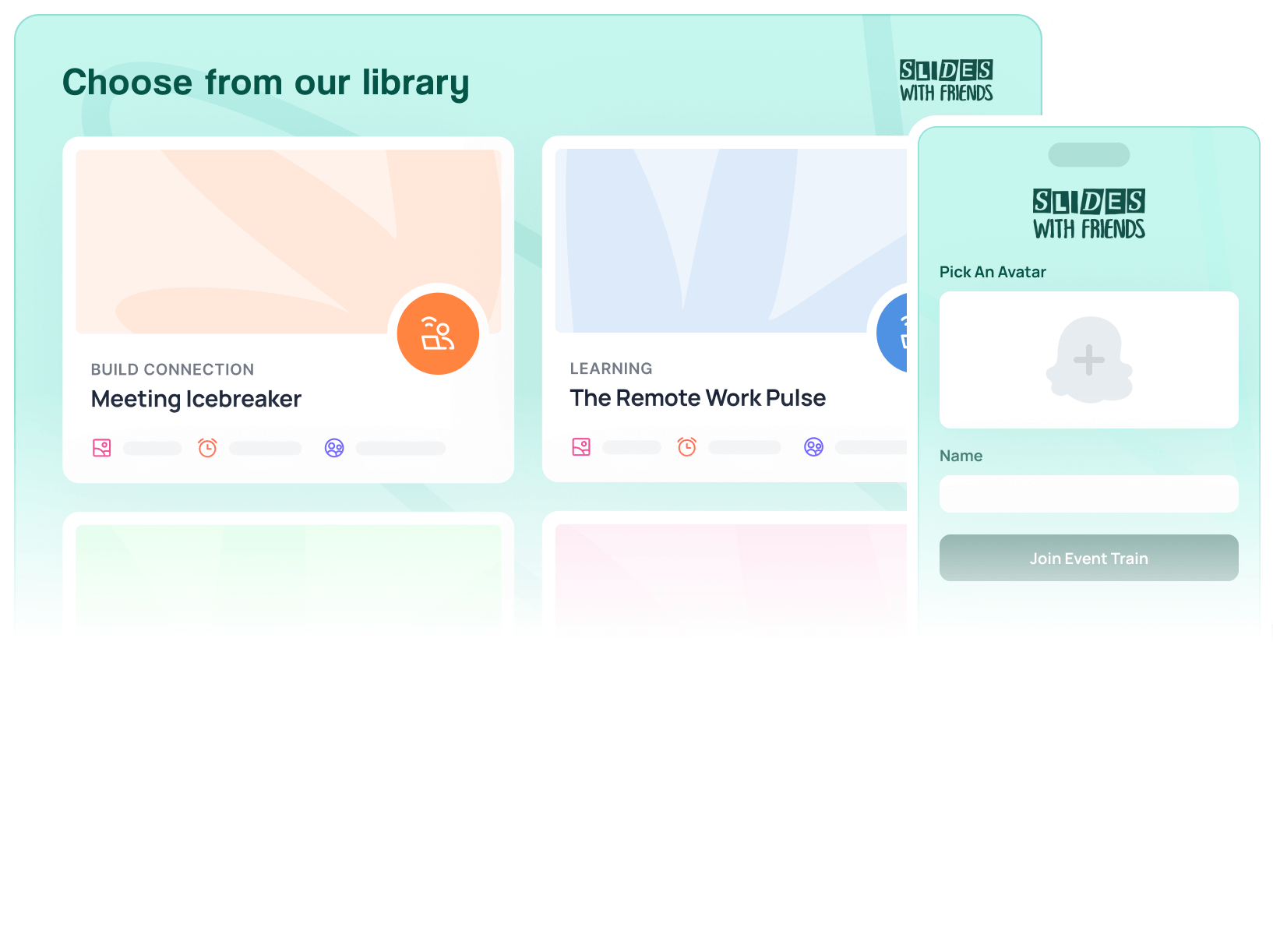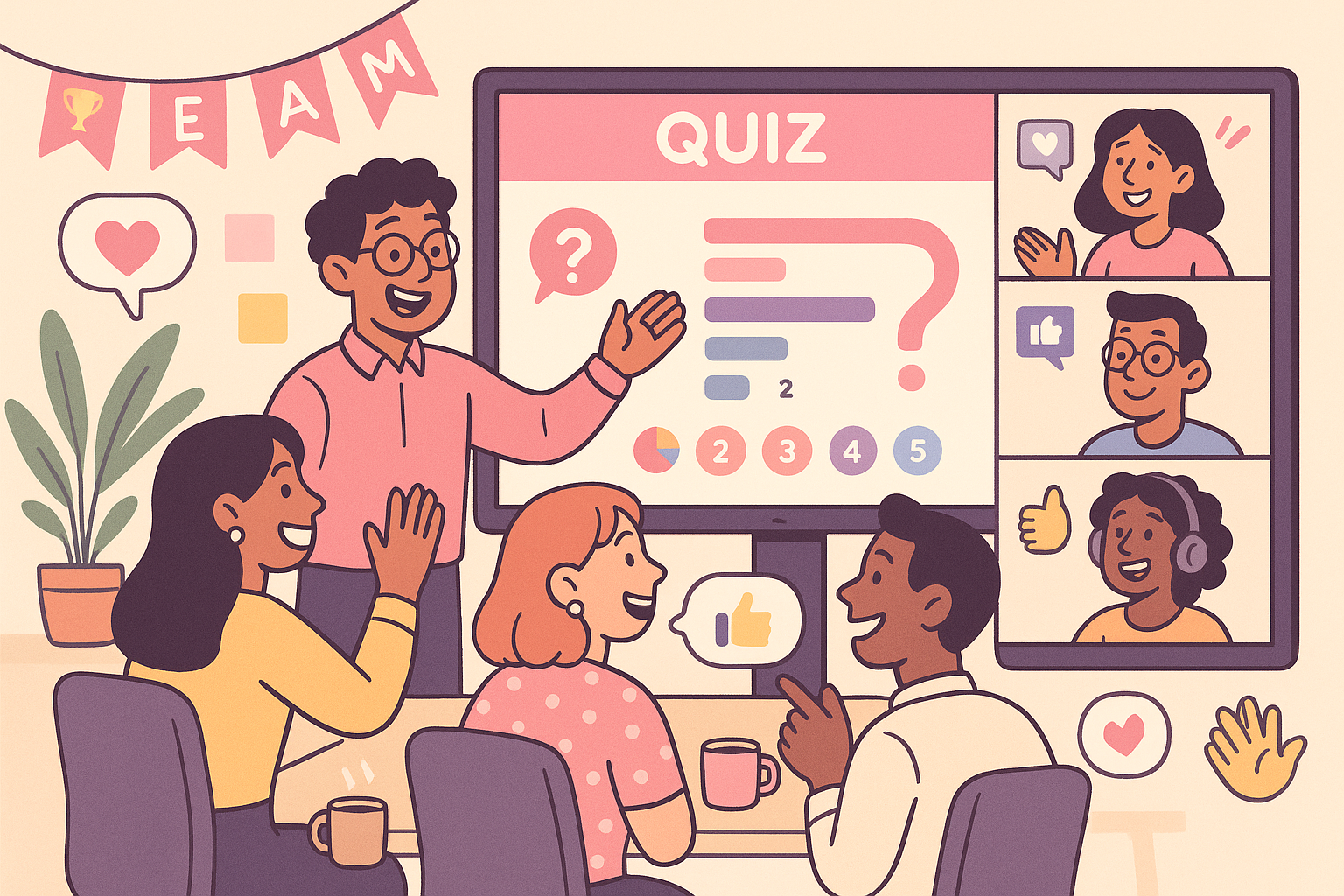How to Implement Small Group Instruction for Professional Development
Unlock the potential of small group instruction for professional development. Learn how to tailor sessions to meet educational standards and track progress effectively.

Lately, in the evolving landscape of education, we’ve discovered that small group instruction is a highly effective method for professional development (PD). By focusing on smaller settings, teachers can address specific professional competencies and adhere to PD requirements more effectively.
This approach not only facilitates deeper engagement and interaction but also simplifies the tracking and reporting of professional development activities, ensuring compliance with district and state standards.
Let's explore how small group instruction professional development sessions can make training truly valuable for your personal development.

Benefits of Small Group Instruction for Professional Development
Friendly and Engaging Small Groups
In a small group setting, the ease of engaging in conversation promotes active participation. This setup allows everyone to speak up, ask questions, and share insights, making the learning experience more inclusive and directly tailored to individual development needs..
Personalized Learning Just for You
Small group settings enable the customization of learning experiences to suit individual teacher's styles and needs. By employing methods like case studies or role-playing, the session leader can cater to varying learning preferences, ensuring relevance and appropriate challenges, which are essential for meeting specific professional standards.
Team Up and Learn Together
Professional development in small groups fosters a collaborative environment where teachers can exchange strategies and insights and even learn from their peers. This collaboration is invaluable for pooling diverse experiences and enhancing the collective proficiency of the group.
Sharpen Your Skills Through Practice
The focused nature of small groups allows for intensive practice of new teaching strategies within a supportive setting. Immediate feedback is possible, facilitating rapid skill enhancement and practical application, crucial for meeting professional development benchmarks.

Making Small Group Instruction Work for Professional Development
Planning and Preparation
Needs Assessment
Effective small group instruction starts with a thorough needs assessment to identify the specific skills and knowledge areas teachers need to develop. Tools like digital surveys and polls during PD sessions help pinpoint these needs, allowing facilitators to customize learning experiences that are both targeted and effective.
Setting Learning Goals
Clear, measurable learning objectives are essential. These goals guide the PD sessions, focusing on discussions and activities that foster substantial professional growth. Utilizing real-time feedback mechanisms during these sessions helps clarify these objectives, making the goals tangible and actionable for all participants.
Choosing Group Strategies
Consideration of teaching styles, experience levels, and subject expertise is crucial when forming groups. This strategic grouping enhances learning outcomes and ensures dynamic interactions that benefit all participants.
Using dynamic presentation tools to visualize group dynamics can simplify managing group lessons and understanding different setups, making your sessions smoother and more effective.
Instructional Strategies
Interactive Activities
To spice up your small group instruction professional development sessions, consider including interactive activities. Interactive activities like simulations and case studies introduce real-world challenges that demand critical thinking and collaborative problem-solving, aligning well with the competencies required in professional development frameworks.
This makes learning active and relevant. Also, trying out role-playing exercises can be a fantastic way to experience different situations, which helps in sharpening your ability to adapt when teaching students.
Differentiation
It’s really important to cater to everyone’s unique way of learning in small groups. Adapting discussions and activities to suit individual learning preferences ensures full engagement and effectively addresses each unique professional development needs, making instruction more impactful.
This method not only acknowledges the unique backgrounds of each student but also makes the differentiated instruction more tailored and meaningful.
Assessment and Feedback
Using digital tools for personalized feedback and regular assessments allows for the monitoring of progress and immediate adjustments, ensuring that PD sessions meet the ongoing needs of educators and align with professional development standards.
Logistics and Management
Time Management
Effective time management in small group instruction professional development sessions ensures that every segment is productive, maximizing learning opportunities within the limited time available for professional development. You and your team should set clear times for each activity and move smoothly from one to another. This keeps everyone focused and energized, helping you make the most of every learning chance.
Space Considerations
The space where you meet matters just as much. You want a spot that’s welcoming and practical, one that makes it easy for small group work and everyone to interact and collaborate. Consider how the setup—like a circle or a U-shape—can help everyone communicate more openly and work together better.
Technology Integration
Bringing technology into your sessions can really step up the game. Tools that let you collaborate in real time and share resources can turn regular sessions into vibrant learning experiences.
Plus, incorporating technology enhances session dynamics and supports comprehensive tracking of participation and progress, which is crucial for fulfilling professional development requirements.

Tracking and Reporting for Professional Development Requirements
Aligning with Standards and Frameworks
It's essential that small group PD sessions adhere to professional development standards and frameworks to maximize their efficacy and relevance. Alignment with these standards ensures that each session contributes significantly to educational outcomes and teacher success.
Documentation and Evidence Collection
As you go through each session, it's vital to keep detailed records of what activities you did, who participated, and what goals were achieved. This documentation isn't just proof of your professional development; it also helps you make your future sessions even better.
Using digital tools to keep everything organized and easy to access can make this process much simpler and more efficient.
Reflection and Continuous Improvement
Reflection is a crucial part of professional development. After each session, both you and your classroom management team should take some time to think about what went well and what could be better.
This ongoing cycle of feedback and adjustments creates a dynamic environment that continuously improves, making sure each session is more effective than the one before.

Conclusion
When you learn in a small group setting, it's like being part of a dedicated team. This setup not only allows for tailored learning experiences but also facilitates the application of new skills, continuous improvement, and adherence to professional development standards, enriching the educational journey of every teacher.
Using varied and interactive techniques helps you really grow and fine-tune your teaching skills. As everyone shares their insights, you see how learning from each other drives constant improvement and fresh ideas in education.


Ready to ditch the dull, and run team sessions that people will actually enjoy?
Get started with a Slides with Friends deck in no time. We’ve got all the interactive features you need in one easy-to-learn, easy-to-set-up tool.














